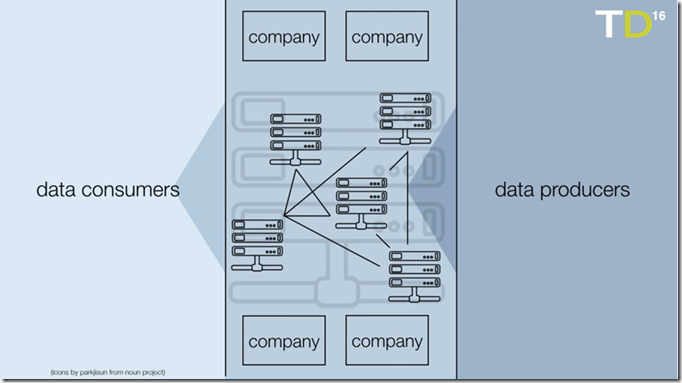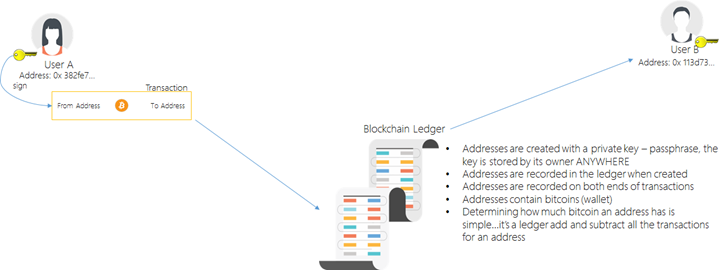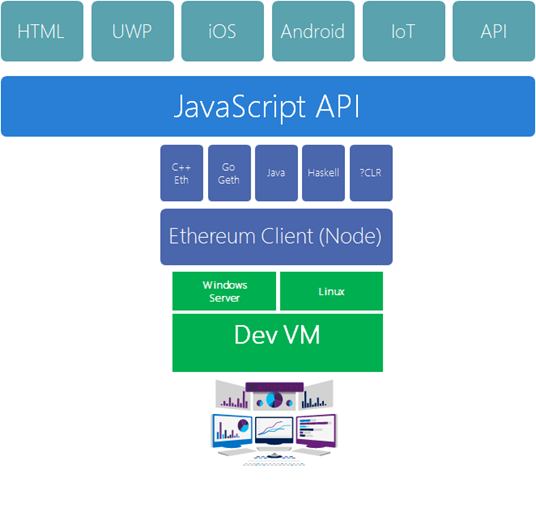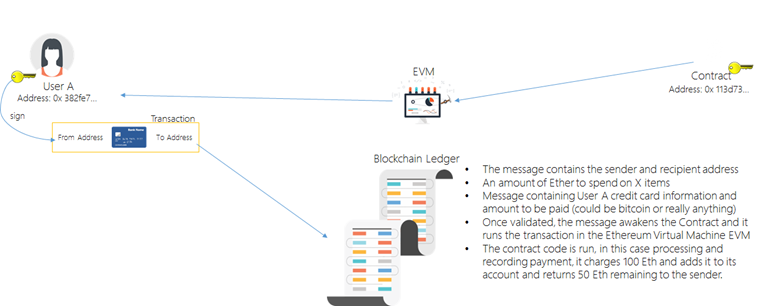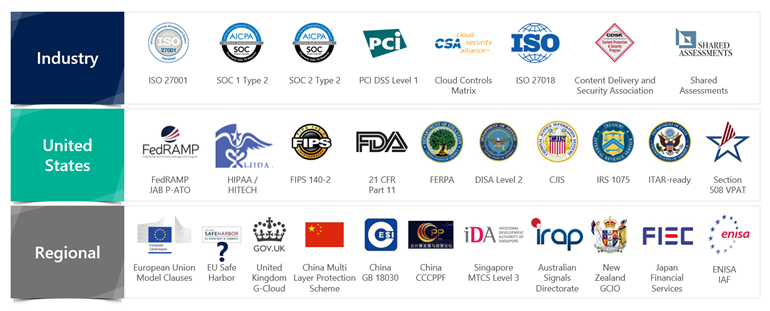So What is Blockchain
Ok, so this week I have been on a bit of epic University road trip, assessing student projects at number of UK universities. One of the key themes I keep having discussion about with other assessor, industry alumni and senior academic is Blockchain.
From an academic perspective there is a huge appetite opportunity for projects to be built around raising awareness of Blockchain and technologies such, Big Data and Intelligent Cloud Services.
So What is Blockchain?
Yesterday, I have the opportunity of watching the stream of Thinking Digital which is the one of the BEST UK Tech conference, so I recommend you watch the recorded sessions there is an excellent session by Microsoft James Murray.
What was interesting was the number of sessions. that were related to Blockchain, so I think there is a significant opportunity and time to look in a bit more details at this distributed ledger system.
Dr Sarah Meiklejohn who is a Lecturer in the Departments of Computer Science and Security and Crime Science at University College London did a great overview of blockchain and Mikko Hypponen is cyber war veteran and the Chief Research Officer of F-Secure did a great session on Cyber warfare and gave some insight to the blockchain open ledger.
Sarah presentation had a great slide which encompassed block chain – which simply demonstrated how blockchain operates within a decentralized network of users that constructs a globally secure consensus ledger
So with a blockchain anyone can access the Blockchain's record and audit the activity of its network, this fact was really well demostrated in Mikko presentation as he had a great example from Cyber Crime on how open the ledger are and how transactions can be analysed
Technical bit and bobs
A blockchain is comprised of blocks of the network users’ activity or transactions, each block is chained to it’s parent’s ID (Cryptographic Hash), so the longer the chain grows the truth. Blockchain is the foundation for Bitcoin
BlockChain all starts with encryption – specifically a Cryptographic One Way Hash.
Example of a simple BlockChain BitCoin transaction
The result of the Hash Function or Digest is unique for the input and even a minor change creates a drastically different digest, digests are used with Digital Signatures and is used in PKI systems as I said earlier BlockChain is the foundation of Bitcoin. But Bitcoin is just one application another popular one is Ethereum https://www.ethereum.org/is built on top of Bitcoin* it can define Smart Contracts
So what is Ethereum
Simply put Ethereum is a Smart Contracts Platform, Ethereum is a foundation based in Switzerland, Ethereum is the next generation of blockchain technology where Ether is the currency to get things done. It is mined like bitcoin . Ethereum was conceived by Vitalik Buterin, who is a Peter Thiel Fellowship recipient he was born in 1994 and actual beat Mark Zuckerberg in the World Technology Award winner.
Typical Ethereum Architecture
Ethereum creates a platform to tackle the most challenging issues/opportunities in the online space including Financial Services, security, Internet of Things, censorship, identity, and global money transfer. So what's really interesting is Ethereum is poised to disrupt industries from banking, capital markets and insurance to resource allocation Ethereum is free and open source; publicly available and no company or government controls its use Simply put Smart Contracts enable Distributed Applications (ĐApps) potentially cutting out the middleman so Block Chain is becoming a significant are of interest in Undergraduate teaching and projects.
Example of a Ethereum transaction Model
Disruption
So, Blockchain is a major disruptor to the core business of institutions, Financial Technologies are driving innovation and fintech is a huge growth area within UK University teaching and projects. The use of digital needs regulation so the FSI needs to get in front of it so are looking for researchers, grads and experts in this field.
Azure has largest compliance portfolio in the industry
This is a new model Ethereum is open and can be customized to meet any customer’s needs allowing them to compete and provide new services. The audit trail is a simple once a transaction is placed on the blockchain and mined it is forever there in the ledger unless the ledger itself and all its clones are destroyed…so basically it is impossible to retract
So where do this get interesting
At Envision in April, Microsoft announced a strategic partnership with R3, a consortium of leading banking institutions, to help move blockchain technology from hype to reality for the financial services industry.In a post on the Microsoft Azure blog, https://azure.microsoft.com/en-us/blog/blockchain-the-catalyst-for-a-collaborative-economy/ and we now have a dedicate web site on Azure on BlockChain as Service https://azure.microsoft.com/en-gb/solutions/blockchain/
Which lists set of services provided by Microsoft Azure that allows for our customers and partners to:
Play, Learn and Fail Fast at VERY low cost in a ready made Dev/Test/Production environment
Create Private, Public, Permissioned and Consortium Blockchain environments using industry leading frameworks RAPIDLY.
Mix and Match technologies to come up with Innovative products
Expose their Blockchain products as a Service with Azure’s World Wide distributed platform
ONE CLICK – provisioning of Blockchain environments
Resources
More details on BlockChain https://enterprise.microsoft.com/en-us/?s=blockchain
BlockChain Azure Resource Manager Templates https://azure.microsoft.com/en-gb/documentation/templates/?term=blockchain
BlockChain on Azure https://azure.microsoft.com/en-gb/solutions/blockchain/
